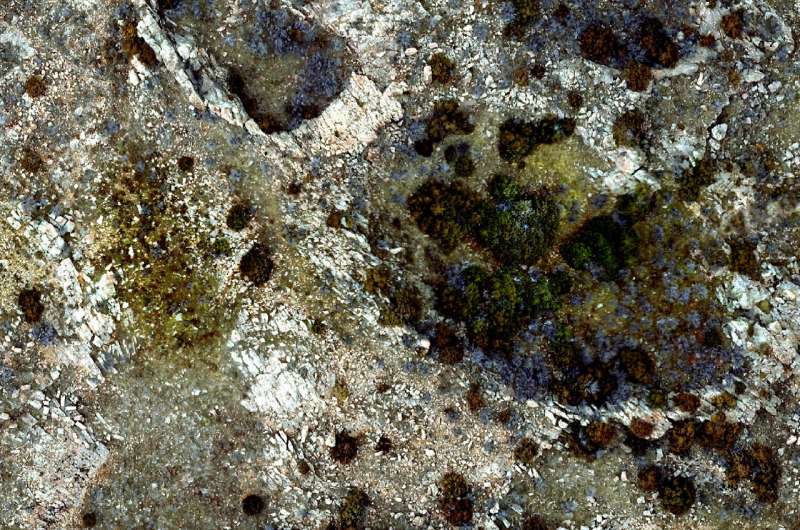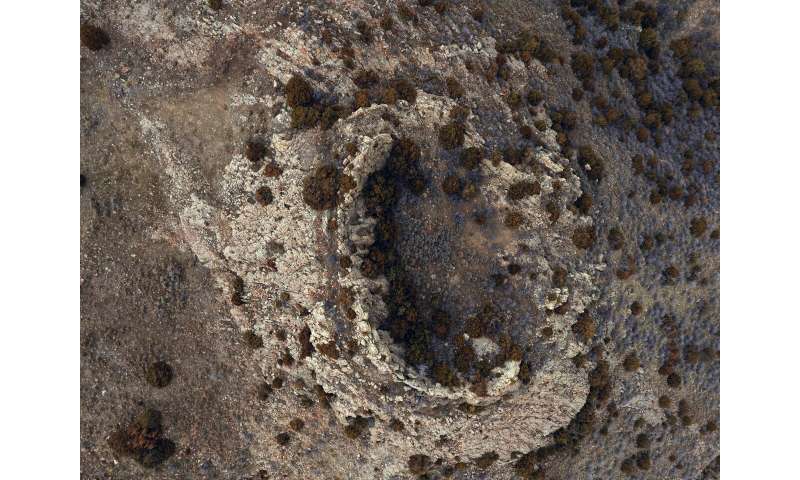Secondary cratering on Earth: The Wyoming impact crater field

Several dozen small impact craters, 10-70-m in size, have been discovered in southeastern Wyoming. A team of U.S. and German geoscientists found these ancient craters in exposed sedimentary layers from the Permian period (280 million years ago). After discovering the first craters, the team initially suspected that they are a crater-strewn field, formed by the breakup of an asteroid that entered the atmosphere. However, with the discovery of more and more craters over a wide area, this interpretation was ruled out.
Many of the craters are clustered in groups and are aligned along rays. Furthermore, several craters are elliptical, allowing the reconstruction of the incoming paths of the impactors. The reconstructed trajectories have a radial pattern.
“The trajectories indicate a single source and show that the craters were formed by ejected blocks from a large primary crater,” said project leader Thomas Kenkmann, professor of geology at the University of Freiburg, Germany. “Secondary craters around larger craters are well known from other planets and moons but have never been found on Earth,”
-
![Secondary cratering on Earth: The Wyoming impact crater field]()
Drone image of crater formed at Sheep Mountain. Credit: Kent Sundell, Casper College
-

Drone image of crater formed at Sheep Mountain. Credit: Kent Sundell, Casper College
The team calculated the ballistic trajectories and used mathematical simulations to model the formation of the craters. All of the craters found so far are located 150-200 km from the presumed primary crater and were formed by blocks that were 4-8m in size that struck the Earth at speeds of 700-1000 m/s. The team estimates that the source crater is about 50–65 km in diameter and should be deeply buried under younger sediments in the northern Denver basin near the Wyoming-Nebraska border.
Consistent asteroid showers rock previous thinking on Mars craters
Citation:
Secondary cratering on Earth: The Wyoming impact crater field (2022, February 14)
retrieved 14 February 2022
from https://phys.org/news/2022-02-secondary-cratering-earth-wyoming-impact.html
This document is subject to copyright. Apart from any fair dealing for the purpose of private study or research, no
part may be reproduced without the written permission. The content is provided for information purposes only.
For all the latest Science News Click Here
For the latest news and updates, follow us on Google News.


